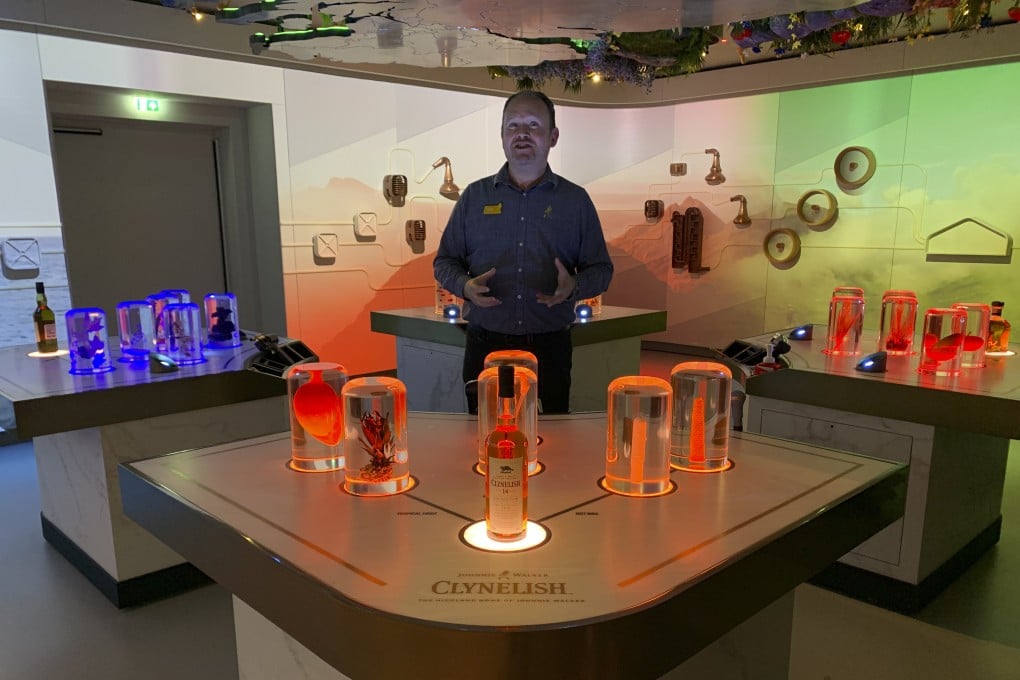A luxury Scottish tour: from Edinburgh to Gleneagles golfing resort, to Glenmorangie, boutique hotels, whisky, seafood ... and a giraffe?
- A tour of Scotland takes in the latest in luxury accommodation, from Edinburgh and Braemar to Glenmorangie and the Gleneagles golf resort
- Whisky tasting, falconry, history, scenery, fine dining on Scottish produce, and, of course, the weather, are all part of our autumn tour

“Today’s rain is tomorrow’s whisky,” exclaims Colin Graham, a theatrical guide at the Johnnie Walker Experience, putting a golden lining on the dreary weather encircling Edinburgh.
As the tour progresses from room to room, lights flash from orange to electric blue to shocking pink to psychedelic purple. Mad-scientist-style jars filled with hot wax, honeycomb and hunks of peat glow in the dark. Pulsating maps of Scotland light up the ceiling. Robotic bars dispense ribbons of amber liquid.
This interactive museum, spread across an eight-storey, late-19th century building, formerly the House of Fraser department store, in the heart of the Scottish capital, is not your average whisky tour.
Part of a £185 million (US$235 million) investment by Diageo to update its contribution to Scotch whisky tourism (along with a revamp of Glenkinchie Distillery, in the Lowlands, and the Singleton Distillery, up north), it’s a blast, even for those who aren’t particularly fond of whisky, like my father and me.

We roll out onto Princes Street somewhat inebriated following the three shots of Red Label included in our 90-minute tour, topped up with a couple of cocktails at the rooftop bar, 1820, which is decorated with oil paintings of Edinburgh Castle and the Kingdom of Fife.
Happily, we are within staggering distance of the first hotel on our grand tour of Scotland’s latest luxury accommodation.
